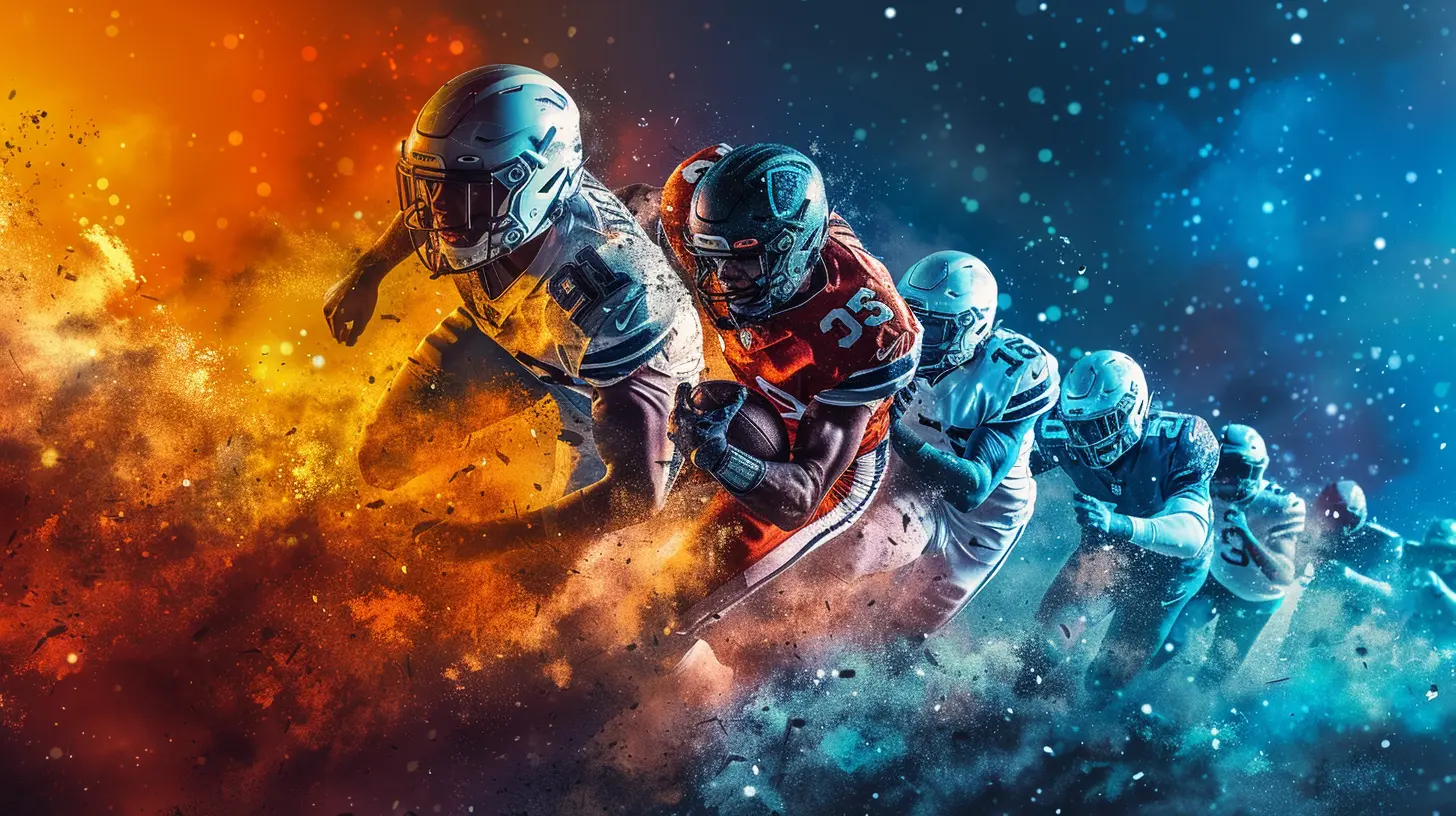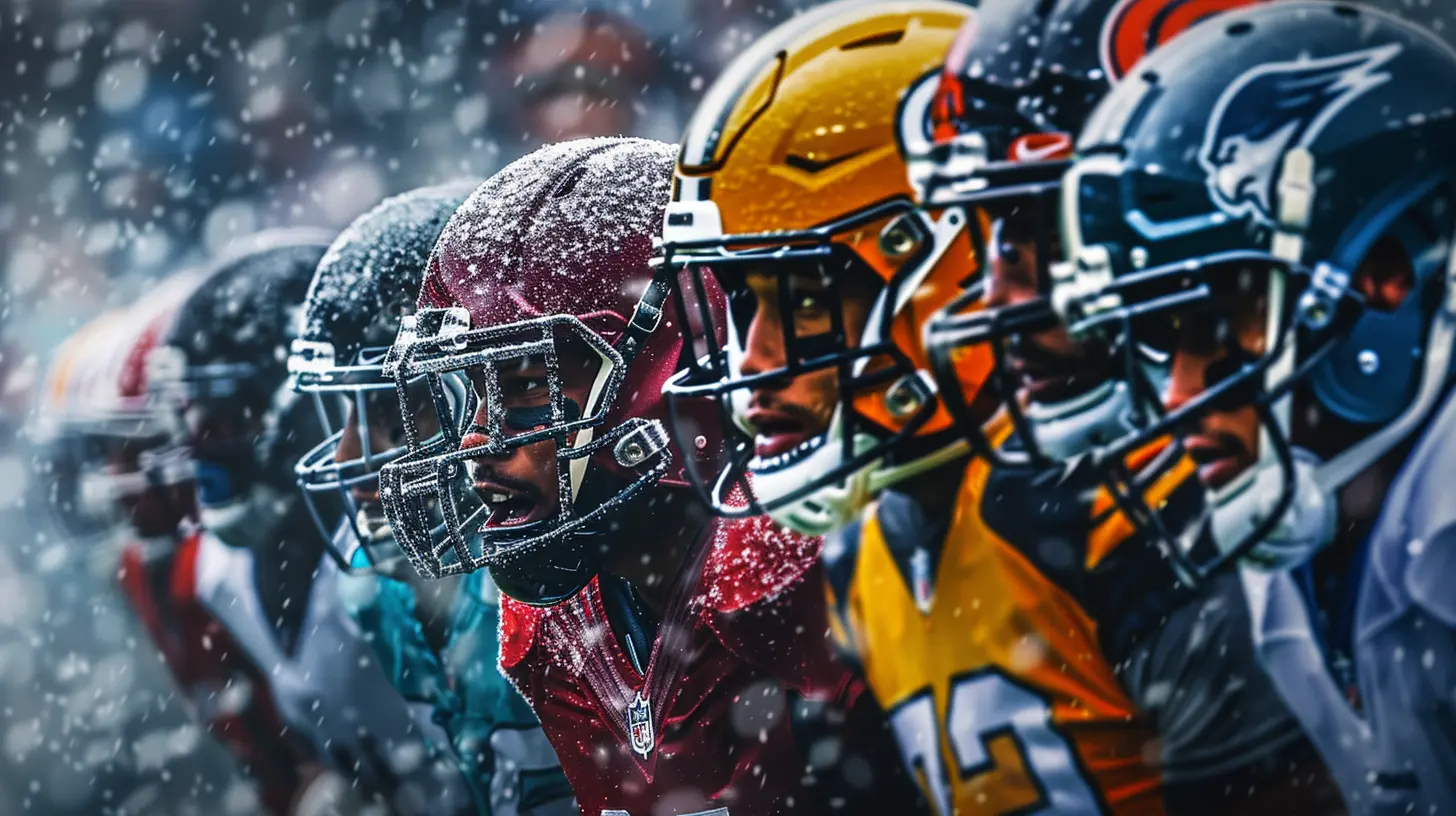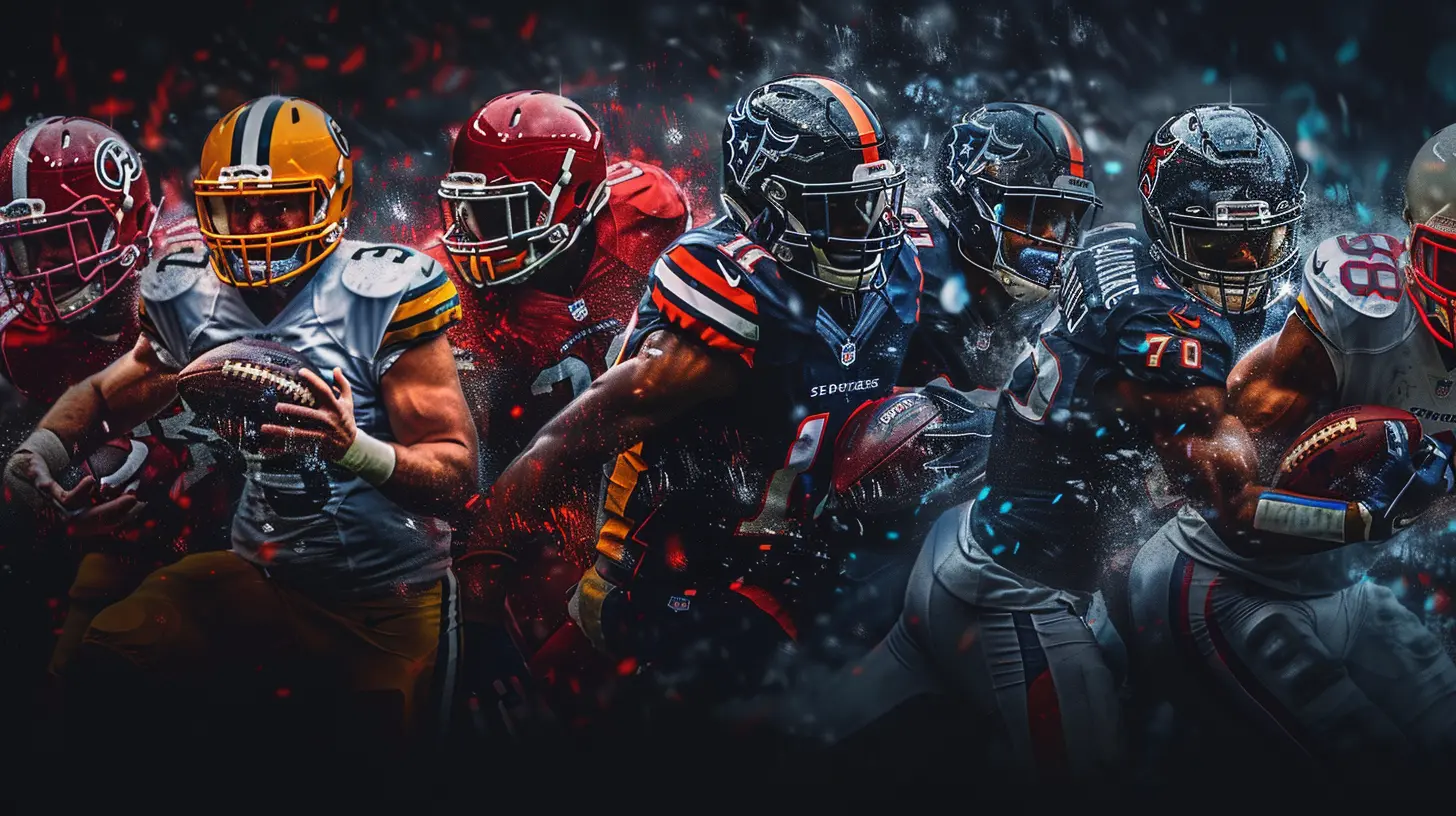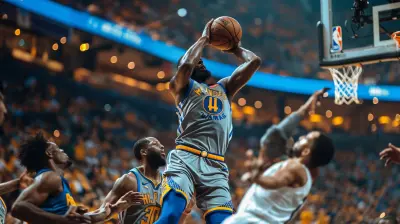Creating a Balanced Fantasy Roster: Stars vs. Depth
20 July 2025
So, you’re staring at your fantasy draft board, energy drink in hand, heart racing, and you're asking yourself the age-old question: “Should I go for the flashy stars or build a deep, well-rounded team?”
Well, friend, you’ve come to the right place. Let's break down the art (and science) of creating a balanced fantasy roster—because rosters aren’t just made in the first round, they’re built throughout the whole season.
This is your ultimate guide for navigating the dicey waters of fantasy drafting. Whether you're a newcomer or a seasoned vet, it's time to settle the Stars vs. Depth showdown once and for all. Spoiler alert: it’s not as black and white as you might think.
What Does "Balanced Fantasy Roster" Even Mean?
Before we dive into strategy, let’s get on the same page. When we talk about a balanced fantasy roster, we’re not talking about just picking players from a bunch of different teams (although diversity helps).A balanced roster is one that gives you consistency week after week and the occasional explosive performance. It combines big-name stars that can drop 30 points out of nowhere with reliable, steady performers that keep your floor high.
Think of your fantasy team like a band. You might have a superstar lead singer (looking at you, Christian McCaffrey), but you also need that bass guitarist and drummer holding down the rhythm. Without them? You’ve got noise, not music.
The Case for Drafting Stars First
Let’s face it—stars win headlines and fantasy championships.1. Stars Bring Weekly Game-Winning Potential
The biggest names in fantasy football—think Patrick Mahomes, Justin Jefferson, or Travis Kelce—are on a different level. These guys can single-handedly win you your matchup in any given week.Having that kind of firepower can give you a huge edge, especially in crucial games like playoff matchups or tight divisional showdowns.
2. They’re Set-And-Forget
Stars are the ultimate low-maintenance players. You’re never second-guessing whether to start them. They dominate snap counts, get tons of touches or targets, and are heavily featured in their team's game plan.You’re not juggling matchups or injury reports every Sunday morning like you would with some of the mid-tier guys. They’re your fantasy comfort food.
The Pitfalls of a Star-Heavy Roster
Now, before you go star-crazy and grab every high-profile name you can, let’s pump the brakes. There’s a downside to stacking your team with stars, and it’s called a lack of depth.1. Injuries Hurt More
When a star goes down, it stings hard—especially if you’ve used most of your draft capital on big names. Your bench might look more like a group of “who’s that guy?” than a safety net.2. Bye Weeks Become Nightmares
A top-heavy team may leave you scrambling during bye weeks. If your lineup relies on just a handful of players, missing just one or two in a given week could be the difference between glory and heartache.3. Trade Leverage? Not Really
If your entire bench is weak sauce, you don’t have much wiggle room for trades. Everyone wants stars, sure—but if your offer is just one big-name player and a bunch of fantasy filler, that blockbuster trade probably isn’t happening.
The Underrated Beauty of Depth
Depth might not be as sexy as drafting a top-3 running back, but trust me, it wins championships.1. Injuries? No Problem
Football is brutal. Players get hurt. It’s not if, it’s when. If your bench is filled with solid contributors, you’re way less likely to panic when your RB1 pulls a hamstring.2. Matchup Flexibility
Depth gives you options. You can play the matchups each week, swapping in players with juicy matchups or taking advantage of late injury news. It’s like having multiple chess pieces while your opponents are stuck playing checkers.3. Trade Capital
Having valuable depth means you have something to offer in trades. You can consolidate two mid-to-high tier players into a star if needed—or flip some surplus talent for help at another position.Where the Magic Happens: Balancing Stars AND Depth
Here's the truth: It’s not about choosing stars or depth. It’s about blending them like the perfect smoothie. Sweet, satisfying, and surprisingly effective.1. Early Rounds: Lock Down Reliable Studs
In rounds 1–3, aim for cornerstone players. These aren’t just names, they’re volume monsters—players who are the focal point of their offenses.You'll want a running back or wide receiver who's on the field 80-90% of snaps, gets red zone touches, and doesn’t share the workload too much.
2. Middle Rounds: Fill Core Roles With High-Floor Players
This is where you build your team's backbone. Look for players in stable offenses, with clear roles, even if they’re not the most exciting picks.Think WR2s in high-passing offenses or RBs who catch passes and have clear third-down roles. These guys might not win you a week, but they won’t lose it either.
3. Late Rounds: Swing for the Fences
This is depth goldmine territory. Now’s your chance to grab those breakout candidates, rookie sleepers, or backups one injury away from starting.You're drafting lottery tickets—guys who won’t start right away but could explode in the right circumstances.
Think about it: That 14th-round pick could end up being your league-winner.
Positional Balance: Don’t Load Up on One Slot
Another form of depth is roster structure. You don't want six running backs and only two wide receivers, unless you've got some master-level flex strategy going.Suggested Roster Balance (12-Team League)
- QB: 1 (2 if you wait late or want insurance)- RB: 4-5
- WR: 4-5
- TE: 1-2 (depending on how early you grab one)
- K/DST: 1 each, always last two rounds
- Bench: Prioritize RB/WR depth
This layout gives you balance across positions and minimizes dead weight on your team.
Bye Week Strategy: Planning or Panicking?
Here’s a hot tip: don’t overthink bye weeks during the draft. Seriously. Don’t avoid drafting two players with the same bye week just because of that one game.You’re setting yourself up for weekly wins, not trying to go 16-0. If Week 7 is going to be rough, just accept the L early and build your squad. Long-term success > one-week perfection.
Know Your League Scoring Format
This one’s simple but often overlooked. Scoring matters. A lot.- PPR leagues reward pass-catchers—running backs like Austin Ekeler and wide receivers with high target shares become gold.
- Standard leagues favor touchdown-heavy backs and big-play receivers.
- Superflex formats? QBs become king. Having two starters is more of a must than a luxury.
Drafting a balanced roster also means adapting to the rules. Playing checkers in a chessboard league never ends well.
The Waiver Wire: Your Secret Weapon
Even the most “balanced” draft won’t guarantee success. Championships are often won because of smart waiver wire pickups throughout the season.Players emerge all the time. Injuries happen. Snap counts shift. Coaches change strategies. Being active and adapting is where fantasy managers separate themselves from the herd.
Think of your draft as laying the foundation—you’re still building the house all season long.
Bonus Tips for That Perfect Balance
Here are a few extra nuggets to help draft like a pro:- ✅ Don’t draft a backup QB if you have a top-5 option.
- ✅ Use tier-based drafting to avoid positional runs.
- ✅ Look for “handcuff” RBs late if you've invested in a bell-cow.
- ✅ Fade tight ends unless you land a top-tier option.
- ✅ Prioritize talent over situation late in drafts.
Final Thoughts: Build a Team, Not Just a Collection of Names
At the end of the day, fantasy football isn’t about assembling the most star-studded squad—it’s about crafting a team that wins consistently.You want explosiveness from your stars, but you also want the reliability and support of depth. Like a peanut butter and jelly sandwich, both parts bring something different to the table—together they’re undefeated.
Draft smart. Stay flexible. Don’t get caught up in the hype. And hey, most importantly, have fun with it. Fantasy sports should be a blast, not a burden.
Here’s to building that perfect blend of studs and sleepers, stars and grinders. Go get that trophy 🏆!
all images in this post were generated using AI tools
Category:
Fantasy SportsAuthor:

Uziel Franco
Discussion
rate this article
1 comments
Damien McCray
Balancing star power with depth is crucial; depth players can provide consistent points and mitigate injury risks effectively.
August 7, 2025 at 12:27 PM

Uziel Franco
Absolutely! Striking the right balance between star power and depth is essential for a successful fantasy roster, ensuring both high-scoring potential and stability throughout the season.


